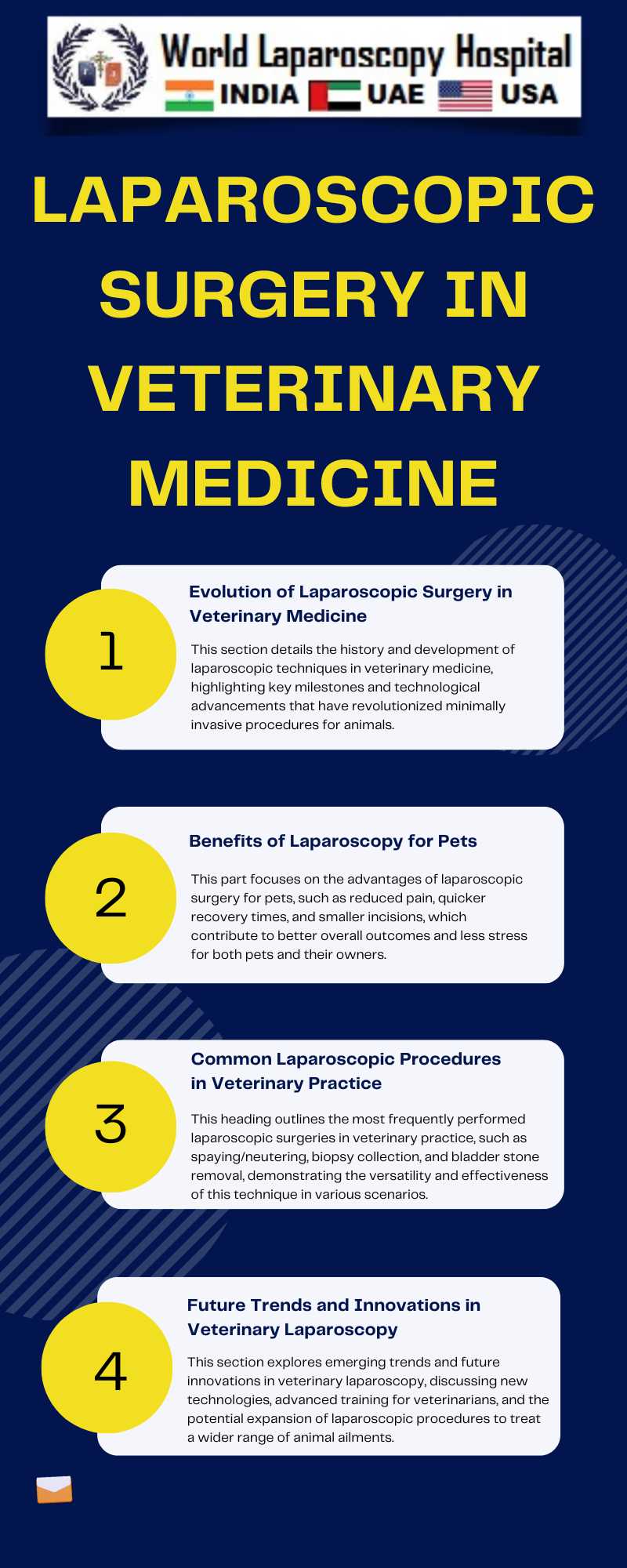
Introduction to Laparoscopic Surgery in Veterinary Medicine
Laparoscopic surgery, also known as keyhole surgery, involves making small incisions through which a laparoscope (a thin tube with a camera and light) and surgical instruments are inserted. This technique has been a game-changer in human medicine and, over recent years, has seen a growing application in the field of veterinary medicine. It is primarily used for diagnostic purposes, biopsies, and certain surgical procedures like spaying, gastropexy, and bladder stone removal in animals.
Advantages of Laparoscopic Surgery in Veterinary Medicine
The primary advantages of laparoscopic surgery in animals are akin to those in humans. These include reduced pain and discomfort, smaller incisions, faster recovery, and lower risk of infection. The smaller incisions lead to reduced scar tissue formation, which is particularly beneficial in working animals where mobility and physical integrity are paramount. Additionally, the enhanced visualization offered by the laparoscope allows for more precise surgeries, which is especially useful in complex procedures.
Application in Different Animal Species
Laparoscopic surgery is not limited to small animals like cats and dogs; it's also being increasingly used in larger animals such as horses and livestock. For instance, in equine medicine, laparoscopy is used for cryptorchidism surgery and ovariectomy. In livestock, applications include rumen fistula creation and abomasopexy. The technique's adaptability across various species highlights its versatility and effectiveness.
Training and Equipment
One of the challenges in the wider adoption of laparoscopic surgery in veterinary medicine is the requirement of specialized training and equipment. Unlike traditional surgery, laparoscopic procedures demand specific skills, such as handling specialized instruments and navigating through a camera. The initial investment in equipment can be high, though this is often offset by the benefits of the procedures and the demand for minimally invasive surgeries by pet owners.
The Role of Technological Advancements
Technological advancements play a crucial role in the evolution of laparoscopic surgery in veterinary medicine. Innovations like high-definition cameras, better lighting, and more ergonomic instruments continue to enhance the efficacy and safety of these procedures. Additionally, the integration of robotic systems, though still in its infancy in veterinary medicine, presents an exciting future prospect.
Challenges and Limitations
Despite its numerous benefits, laparoscopic surgery is not devoid of challenges. Certain procedures may still require open surgery, particularly in emergency situations or when dealing with large masses. Additionally, the size and anatomy of some animals can pose unique challenges, requiring specialized equipment and techniques.
Conclusion
Laparoscopic surgery represents a significant advancement in veterinary medicine, offering a humane and efficient alternative to traditional open surgeries. While it requires specialized training and equipment, its benefits in terms of reduced recovery time, lower infection risks, and improved outcomes for animals are undeniable. As technology continues to advance, it is likely that laparoscopic techniques will become even more prevalent and sophisticated, further enhancing the quality of veterinary care. This evolution aligns with the broader trends in medicine towards minimally invasive procedures, signaling a more compassionate and advanced approach to animal healthcare.